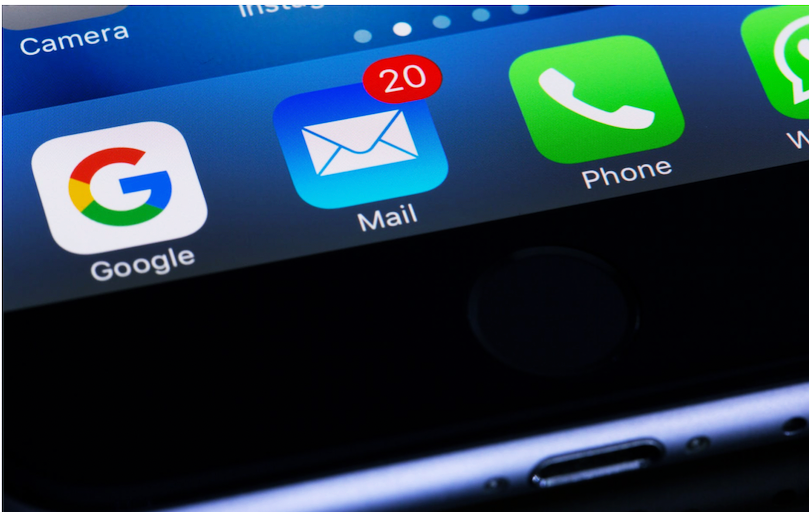The success of an email marketing campaign and its measurement are complex, multi-faceted ideas. A wide range of metrics can help determine its overall performance and give powerful insight on what strategies to adopt next. These include open rates, colic through rates, conversion rates, etc.; engaging the customer and minimizing the number of subscribers must be the top priority for any business owner apart from creating a positive brand image.
All it takes is the right strategy to come along, and things start falling in place. There are no rules for marketing as you might need extensive research, understanding the customer, and a bit of trial and error to devise the perfect plan. So how to get to it faster? By knowing and utilizing the best practices that can help you reach your company goals. In this article, we discuss the top elements of a successful email marketing campaign.
1. Timing
Timing is one of the most important determinants of how successful your email campaign will turn out. It might be the case that your target audience is majorly located in a diametrically opposite time zone than yours. The time when subscribers receive emails will directly impact click-through and open rates. According to time zones, segmenting your mailing lists can be a good starting point if you are using email delivery services. To optimize customer engagement, you can consider time windows when the customer commutes to work, at their lunch break, or back home after work. Check out past statistics to gauge the lifestyle habits of the customer, and then leverage those insights into your campaign tactics.
2. Frequency
Apart from the timing, the frequency at which you send out your emails also plays a pivotal role in the larger scheme of things. Gone are the days of email blasts and spamming. In this time and age, users are already riddled with virtual fatigue, and constantly flooding them with emails is helping no one. The more emails you send out, the less valuable they will be, and the user will most likely not even open them.
To prevent the number of unsubscribes from jumping up, consider refraining from sending daily reminders. Up to two emails per week is a good frequency to work with as it counts as reaching out without causing unnecessary inbox clutter. Note that this number can change according to the industry.
3. Subject Lines
To say that subject lines are important for your campaign is a massive understatement. Apart from being the first thing that the customer sees, they are a peek into your brand and what it represents. Therefore, it is imperative to have a catchy subject line to pique the client’s interest and build curiosity.
This factor is the opportunity to showcase your creativity while conveying the purpose of the email. The idea is to entice the reader into opening the email and scrolling through it. Customers prefer authenticity, so steer clear of using clickbait titles as doing so can hamper your brand’s image.
4. Visuals
It is said that a picture is worth a thousand words, which rings true in this case. Readers will hesitate from reading emails that are too wordy. Instead, they will most likely want to skim through it to get a gist of things. So, to cut through the monotony, you can try placing images alongside textual content. If you decide to include mages, make sure that they load properly and quickly for the users.
You can also add image alt tags and captions so that they still get a fair idea in case images don’t load. GIFs are the new craze, and many companies have started incorporating them into their emails as well. They are a little tricky to use. Hence you must test them across different platforms before sending out the emails.
5. Device Optimization
With the advent of modern technology, users can now access their emails on many devices such as laptops, smartphones, tablets, etc. To ensure maximum accessibility, opt for a responsive design email. Optimizing an email design makes it possible for viewers to have a positive experience with your content across all platforms. If you are not using a responsive design, analyze the type of device used by most of your clientele and then tweak things according to that device’s functionality. It is safe to say that most users these days access emails on their smartphones.
This on-the-go audience wants the content they want to interact with tailored according to their needs. Make sure to optimize clickable items on the phone for touch screens. It might be worthwhile to optimize your email campaigns for all the devices that customers use these days.



![Read more about the article [Funding alert] KKR invests $95M in Lenskart through secondary stake acquisition](https://blog.digitalsevaa.com/wp-content/uploads/2021/05/21-1599119485094-300x150.jpg)






